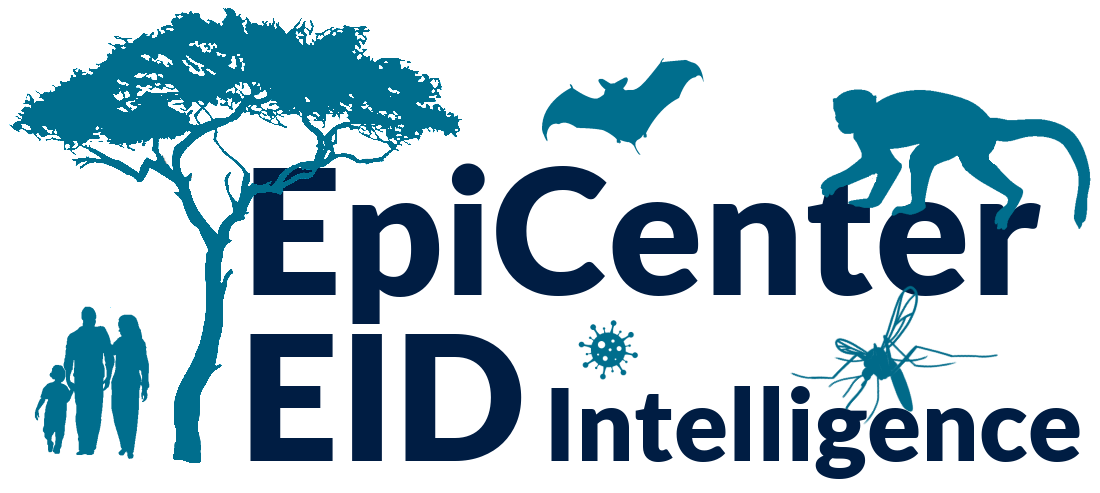Adapting “Living Safely with Bats” for the Amazon
By Heesoo Lee & Nicole Gardner, with illustrations by Frank Dávila
Recently, our team adapted the Living Safely With Bats Book for use in the Amazonian region of Peru, where people living in close proximity to bats is common. Originally developed for use in Africa and Asia (Martinez et al. 2022), the Living Safely with Bats books are moderated picture books designed to be shared with communities by a local facilitator. These books provide straightforward advice on how to coexist safely with bats using a One Health approach, and our team was excited to expand their use to a new region.
When adapting the “Living Safely with Bats” book for Peru, our team considered the range of experiences typical to communities in the Amazon and how the book’s content will be interpreted by people with different backgrounds. We found that while many people do not directly or intentionally interact with bats, bats often seek shelter in homes and feed in fruit trees near homes and crops. The adapted Living Safely With Bats Book provides advice on what to do in these situations to minimize exposure to bat-borne diseases, as well as encouraging people to seek medical attention if they come into contact with bats or suspect exposure. This public health advice is balanced with ecological information about the benefits of bats, including their role in pollination, seed dispersal, and control of insect pests. With over 150 known species of bats, conservation messaging is especially critical to preserving biodiversity in Peru, as these bats help countless plant and crop species to thrive.
Images left to right: Nectivorous bat pollinating a flower while feeding; bats flying near a home with people, chickens, and fruit trees nearby; guidance to not pick up bats barehanded and to not disturb roosting bats; healthy plants and crops with insectivorous bats controlling pests compared to crops that are doing poorly due to high numbers of insect pests.
A focus on clear messaging and shared experiences allowed us to create a book that is relevant for a broad audience. Veterinarians, biologists, and public health experts with extensive experience working with communities in the Peruvian Amazon helped us ensure the book is tailored to this region and translated appropriately. We also worked with a local artist to develop pictures representative of the region to help people see how this guidance relates to their daily experiences. As EpiCenter research involves sampling wildlife, people, and mosquitoes in forest-adjacent and urbanizing communities, the book also functions to strengthen the relationship between researchers and the communities in which we work. The translation and adaptation of the book creates awareness of living safely near wildlife, while teaching audiences about how ecosystems and agriculture benefit from bats, with the ultimate goal of protecting people, animals, and the environment.
A special thanks to all our team members who helped adapt this resource, especially: Tatiana Quevedo, Marcela Uhart, Amy Morrison, Alfonso Vizcarra, Marcos Vásquez, Arturo Chávez, Willy Chávez, Frank Dávila, Nicole Gardner, and Christine K. Johnson.
Download the Living Safely with Bats Book for the Peruvian Amazon in Spanish!
References
Martinez S, et al. Living Safely With Bats: Lessons in Developing and Sharing a Global One Health Educational Resource. Glob Health Sci Pract. 2022 Dec 21;10(6):e2200106. doi: 10.9745/GHSP-D-22-00106. https://pmc.ncbi.nlm.nih.gov/articles/PMC9771458/
Previous versions of the Living Safely with Bats Book adapted for use across Africa and Asia can be found here.





